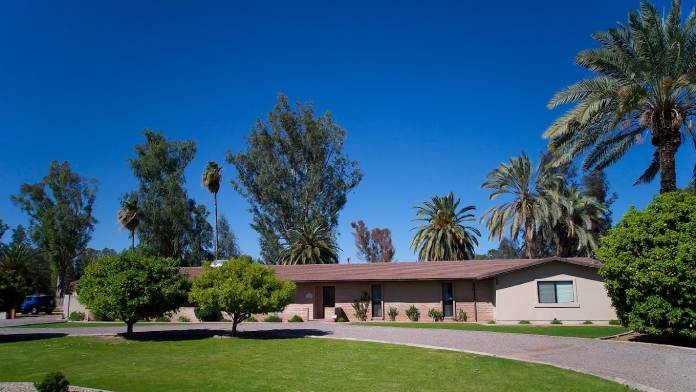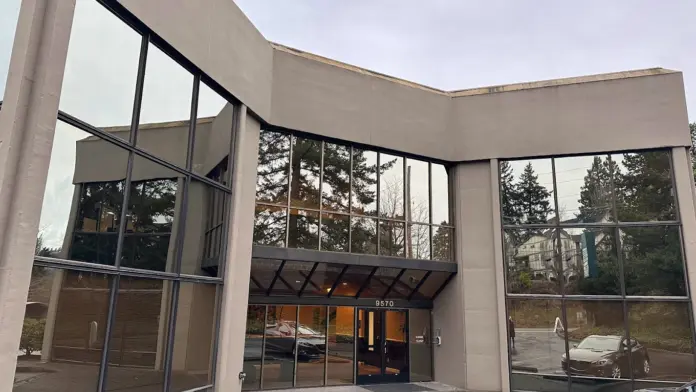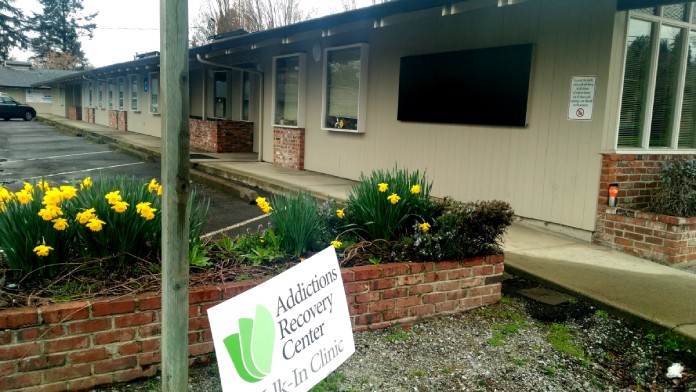Your Journey to a Healthier Life Starts Here
Free Insurance Verification
Verify Your Treatment Coverage
Verify Your Treatment Coverage
Explore a comprehensive guide to 15 inpatient, 22 outpatient, and 13 detox centers across Oregon. Compare costs, reviews, and treatment options to find the perfect rehab facility for your needs.

 | A Better Today - Drug & Alcohol Rehab PortlandA Better Today - Drug & Alcohol Rehab, located at 1122 NE 122nd Ave, Ste A102, Portland, OR 97230, is dedicated to helping individuals overcome addiction through comprehensive rehabilitation services. Offering personalized treatment plans, counseling, and support, A Better Today focuses on addressing the root causes of substance use disorders while promoting sustainable recovery. With a team of experienced professionals, the facility provides a compassionate environment that empowers clients to reclaim their lives and achieve their goals. Explore the life-changing programs available at A Better Today and begin your journey to a healthier, addiction-free future. 1122 NE 122nd Ave a102, Portland, OR 97230 | Levels of Care:Detoxoutpatient Payment Options:Self-Pay Options Private insurance Financial Aid Military Insurance | ||
 | Acadia NWAcadia NW, located at 9570 SW Barbur Blvd Unit 100, Portland, OR 97219, is dedicated to providing comprehensive behavioral health services aimed at promoting mental wellness and recovery. Offering a range of programs including individual therapy, group counseling, and substance use treatment, Acadia NW focuses on personalized care tailored to the unique needs of each client. With a compassionate and experienced team, the center creates a supportive environment where individuals can address their challenges and build a path toward a healthier future. Explore the resources available at Acadia NW and take your first step towards improved mental health. 9570 SW Barbur Blvd Unit 100, Portland, OR 97219 | Levels of Care:outpatient Payment Options:Private Insurance Self-Pay Options Medicaid Medicare Military Insurance | ||
ACME CounselingACME Counseling | Payment Options:Medicaid | |||
ADAPTADAPT | Payment Options:Medicaid | |||
ADAPTADAPT | Payment Options:Medicaid | |||
ADAPT - CorrectionsADAPT - Corrections | Payment Options:Medicaid | |||
ADAPT - Crossroads Residential TreatmentADAPT - Crossroads Residential Treatment | Payment Options:Medicaid | |||
ADAPT - Deer Creek - Adolescent Treatment CenterADAPT - Deer Creek - Adolescent Treatment Center | Payment Options:Private insurance | |||
ADAPT North BendADAPT North Bend | Payment Options:Medicaid | |||
Addictions and Family CounselingAddictions and Family Counseling | Payment Options:Medicaid | |||
Addictions NorthwestAddictions Northwest | Payment Options:Private insurance | |||
Addictions Recovery Center - Genessee StreetAddictions Recovery Center - Genessee Street | Payment Options:Medicaid | |||
Addictions Recovery Center - West Main StreetAddictions Recovery Center - West Main Street | Payment Options:Medicaid | |||
 | Addictions Recovery Center, Inc. - Engagement & AssessmentsAddictions Recovery Center, Inc., located at 1025 E Main St, Medford, OR 97504, specializes in providing essential engagement and assessment services for individuals seeking help with substance use disorders. The center focuses on creating personalized treatment plans based on thorough assessments and understanding of each clients unique needs. With a compassionate team of professionals, Addictions Recovery Center aims to guide individuals on their recovery journey, offering the support and resources necessary for lasting change. Discover the pathways to recovery available at Addictions Recovery Center, Inc. and take the first step towards a healthier life. 1025 E Main St, Medford, OR 97504 | Levels of Care:DetoxInpatientoutpatient Payment Options:Medicaid Private insurance Self-Pay Options Financial Aid Medicare Military Insurance | ||
Advance Treatment CenterAdvance Treatment Center | Payment Options:Medicaid | |||
Alano Club909 Northwest 24Th Avenue, Portland OR, 97210 | ||||
Albertina Kerr Centers - Gresham CampusAlbertina Kerr Centers - Gresham Campus | Payment Options:Medicaid | |||
Alliance Counseling - The CenterAlliance Counseling - The Center | ||||
Allied Health ServicesAllied Health Services | Payment Options:Medicaid | |||
Allied Health ServicesAllied Health Services | Payment Options:Private insurance |
Find Oregon drug rehabs in cities near you or sort by letter.
Calls to any general helpline will be answered or returned by one of the treatment providers listed, each of which is a paid advertiser:
Our helpline is available 24 hours a day, 7 days a week at no cost to you and with no obligation for you to enter into treatment. We are committed to providing support and guidance whenever you need it.
In some cases, Addiction Helpline America charges our verified partner a modest cost per call. This fee helps us cover the costs of building and maintaining our website, ensuring that we can continue to offer this valuable service to those in need.